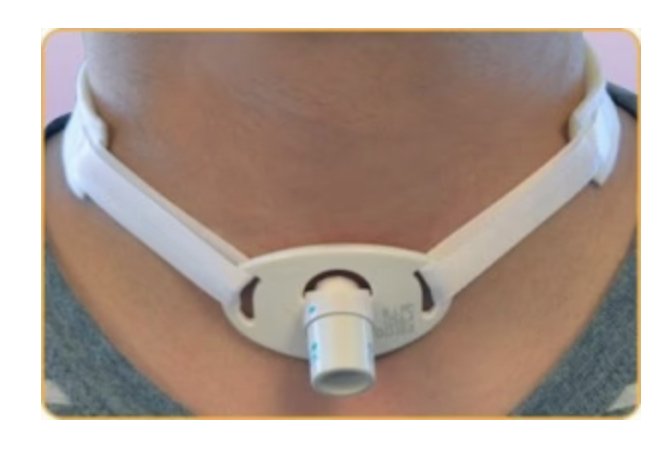#81 Surviving Intern Night #1
During my medical training I spent hundreds of nights on call in the hospital. After not matching into my first-choice program, I repeated a PGY 1 year at another hospital in Philadelphia, where my call schedule was basically every fourth night for a second year. What that meant, was that I reported for work in the morning and stayed over in the hospital answering calls all night, and started all over again the next morning until the end of the day when my work was done.
I did not keep a journal to help me remember the incidences that occurred or the way that I felt at the time. One night I do remember quite well, however, was the very first night of my first internship. At the Metropolitan Hospital, Parkview Division, in Northeast Philadelphia, I drew the assignment of covering the intensive care unit (ICU) on my very first night. The interns functioned unsupervised at a granular level. A senior resident was available in the hospital if needed and the attending physicians were available by phone. The interns and residents quipped, “Call for help if you need to but it’s a sign of weakness.”
So here we were as four or five interns covered all the services provided at the small, multi-service hospital. I remember that we all rushed to the bedside of an elderly female patient for which a code blue had been called. We went through the step of a resuscitation that we had all prepared for numerous times during our training. Only now, one of my fellow interns was the person responsible, for the first time, for giving the orders, ending the failed resuscitation attempt, calling the attending physician and perhaps, even calling the patient’s family. As the event ended, I recall watching her wipe away her tears. The death of a patient sat differently now when we were the physicians in charge.
Hours later, I answered all the nurses’ calls and admitted a new patient to the ICU. I finally went to a nearby lounge to stretch out and rest on a sofa. All those hours in the middle of the night that I never ever paid any attention to as I slept blissfully through the night, now stretched on forever. It sure felt that way. Then, the nurses called me to come STAT (immediately) back to the ICU.
Somehow, the tracheostomy tube that helped to open and protect the airway of one of the patient’s, had become dislodged. They wanted me to replace the tracheostomy tube with a new one. From the Mayoclinic.org:
“Tracheostomy (tray-key-OS-tuh-me) is a hole that surgeons make through the front of the neck and into the windpipe (trachea). A tracheostomy tube is placed into the hole to keep it open for breathing. The term for the surgical procedure to create this opening is tracheotomy.
A tracheostomy provides an air passage to help you breathe when the usual route for breathing is somehow blocked or reduced. A tracheostomy is often needed when health problems require long-term use of a machine (ventilator) to help you breathe.”
Tracheostomy tube
A small balloon is inflated around the tube inside the trachea to prevent the aspiration of liquids or anything else into the lungs. After being used for several days, the balloon can lose its ability to be inflated, or leaks air. Then the tracheostomy tube needs to be replaced. I can’t remember why this particular man had no tracheostomy tube in place, but the nurses called me to replace the tube right away. This procedure was not done by the nursing staff and had to be placed by a physician. Of course, I had never done one or seen it done by anyone else.
My brain quickly went to all the potential problems. What if I can’t get it in? What if I put it into the wrong place and we lose the airway access the fellow already had? What if he aspirates and chokes while I am doing the procedure? Why me? What had I gotten myself into?
Fortunately, the man was not in distress or in need or some urgent intervention. This could wait a moment for me to figure this out. The nurses handed me the tracheostomy tube replacement kit which looked something like the tube in this picture. They gently talked me through what I would need to do and how to do it. I can’t recall exactly, but I am sure that I told them that I had never done it before. “Not a problem,” they said, “you can do it.”
Trach tube in place with a collar
I trusted the nurses and they were right. They stood at the bedside as I approached him from the right side of the bed. (I am right-handed) I tested the balloon before I inserted the tube with its trocar through the slit in the man’s anterior neck. It slid in easily and I removed the trocar. The nurses secured the outer flange with a soft ribbon around the neck. The nurses were correct. That one was an easy procedure and having them encourage me to go ahead and do it, boosted my little baby intern confidence.
Pretty soon, the emergency physician called me from the emergency department to admit a lady who had passed out due to underlying aortic stenosis. Again, from the Mayoclinic.org:
“Aortic valve stenosis — or aortic stenosis — is a type of heart valve disease (valvular heart disease). The valve between the lower left heart chamber and the body's main artery (aorta) is narrowed and doesn't open fully. This reduces or blocks blood flow from the heart to the aorta and to the rest of the body.”
In the lady I had to admit, the narrowing across the aortic valve was severe enough to cause low blood flow to her brain. This caused her to pass out. After I admitted her to the intensive care unit, I got ready to meet with my fellow interns and the attending physician at 7 AM morning report. That was where and when all the interns would meet and we would tell each other who was admitted overnight and where they were located is another person needed to start taking care of that person.
The internal medicine attending would usually pick one problem or topic that had presented in a case overnight and teach the group. About fifteen minutes before the Morning Report started, I grabbed the copy of Harrison’s Internal Medicine off the shelf of the Interns’ lounge. This was well before the days of internet searches on your cell phone. I read up and memorized all I could about aortic stenosis in those fifteen minutes.
Right on cue, after I presented the case of the lady I admitted, the attending went into full Socratic interrogation mode. Since he had no advance warning that his would be the topic, I came even more prepared than he did. He told me later that he could not think of any other questions to stump me. My fellow interns, most of whom I had just met a few days before, formed a great first impression of my spirit as I went toe to toe with the attending physician.
I survived my first night as an intern. It included a wide range of the human experience: self-doubt, confidence, sadness, frustration, and exhaustion. If you are reading this before your own upcoming first night, you too, will survive. You are prepared better than you realize. A large portion of what you will be asked to do involves using common sense. It is ok to step aside and cry. Going in with a measure of humility and confidence challenges the novices but comes back to them with rich measure of experience and lessons to learn.




